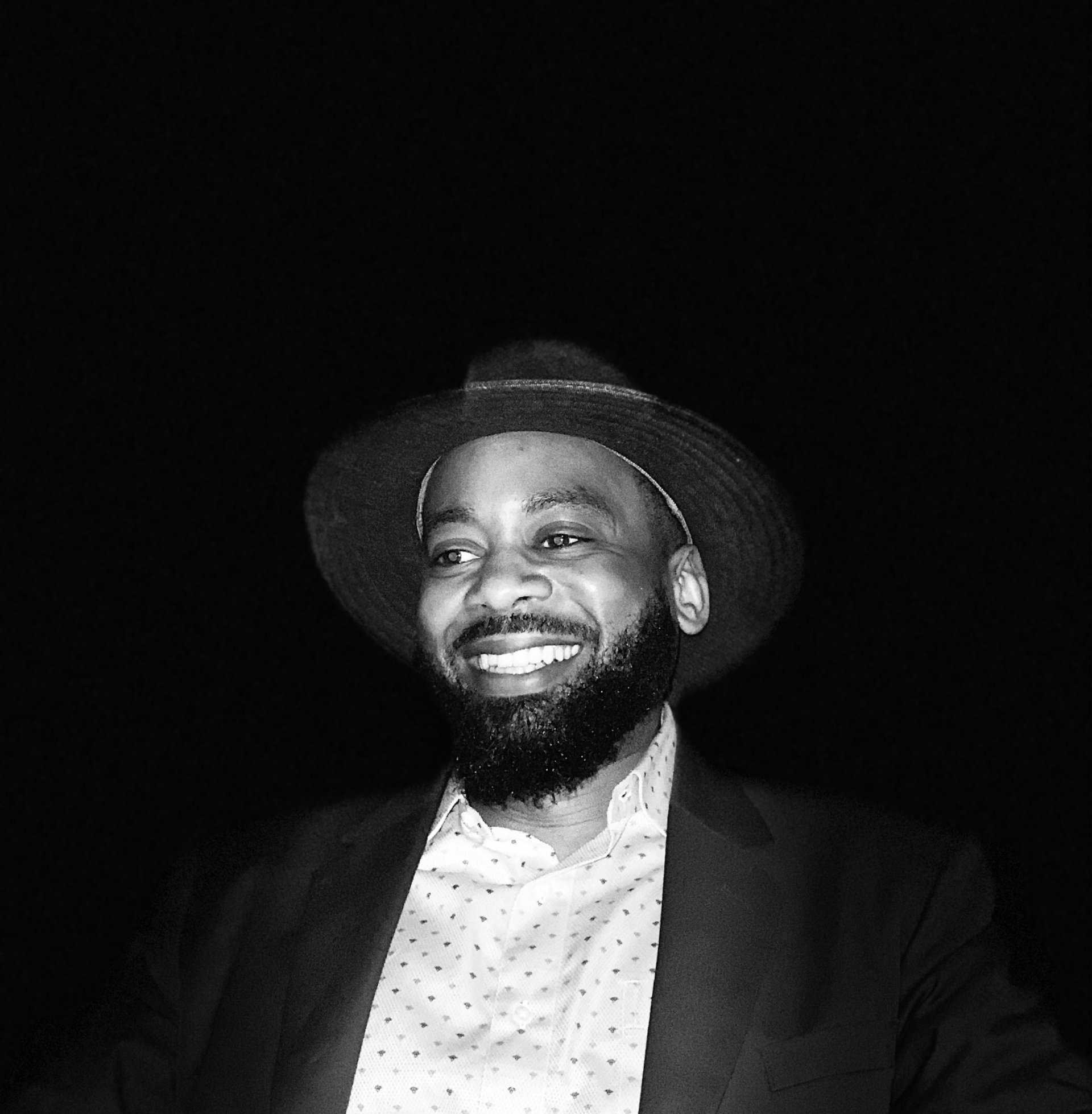What’s your role and what does that involve?
My role is to head up data and tech for all North American accounts for Essence (soon to be EssenceMediacom). That includes ad operations, ad technology, and data strategy. Right now, that involves leading around 60 people across those three functions.
Of all the changes in the industry right now, what’s top of mind in digital advertising and data strategy?
What’s most important right now is getting our clients’ tech stacks ready for the major changes that are happening. That means incorporation of new platforms and the data sets that are integrated into each of those platforms. Audience activation, audience enrichment, audience augmentation, and, of course, advanced analysis and measurement are part of that. This often involves teaching our clients. Some are really savvy and have media tech and ad tech folks in their ranks, in which case it becomes more collaborative. For our smaller and less technical clients, we do a bit more education.
How do you stay current on developments in such a fast moving industry?
For me, I follow a bunch of newsletters, especially on customer data platforms (CDPs). When they came into vogue a few years ago, I got really interested in their capabilities. They are the future client hub for data, so I find a lot of insight there. I also have a robust group of ad tech folks I follow on Twitter—there’s a healthy conversation that happens there. But I also stay in conversation in general, talking to vendors, colleagues, or just having conversations like this.
What areas of digital advertising are poorly understood right now?
The most opaque one right now is what’s going on with Apple’s aggregated attribution framework, SKAdNetwork (SKAN). It keeps changing, and even had a new release a week or two ago. We’re working hard to put together a POV for our clients, because it’s difficult to understand what it all means and what data can be returned. It’s proving to be a tricky system when it comes to attribution. It’s a real hot topic right now.
How do you share information on stuff like this with clients?
We typically write out POVs or presentations tailored to our clients’ stacks, following deep dives through specification and support docs. We’ll even host conversations with the appropriate engineers or product teams at companies like Google and Apple. I also always look at what trades like AdExchanger and Digiday say for added context to see if they came to the same conclusion I did, because there’s a lot that is up for interpretation. We try to provide that kind of meaningful interpretation for our clients, though the output looks different for every one of them.
How do you interact with U of Digital?
I’m part of the Expert Network, and of course, I’m a subscriber to the newsletter. It’s just so relevant. Contextualizing the news is important, and I get the feeling from people in the industry who aren’t on the technical side that they read a lot of content that washes right over them. The U of Digital newsletter gives the extra layer of context that makes it all more tangible.
Why is education so important in digital advertising?
Two big reasons: regulation and application. When it comes to regulation, there’s a risk if you’re using data wrong or your technology somehow infringes on privacy. We’re accessing and using sensitive information, and we need to understand all the implications of that. When it comes to application, it really is about putting together the best programs for brands. We’ve got people who are touching millions of dollars—or even tens of millions of dollars!—and before putting that money to work, we need to make sure it will be best applied. And you cannot best apply it unless you fully understand all of the downstream activity that is going to happen once you put your plan into action.
What would you be doing if you weren’t in digital advertising?
If I weren’t in digital advertising, I’d still be in the auto business. I used to own a used car dealership that focused on late model German luxury vehicles—so, BMWs, Mercedes, Porches. It was a whole lot of fun.
What car do you drive now and what was your first car?
Now I drive a Mustang High Performance Package Series. It’s manual, in a specialty color called Kona Blue. It’s a fun car, definitely not for practical purposes at all. And incidentally, my first car was a Mustang, too! I’ve had lots of cars in between, especially Fords since my dad worked as a sales and marketing employee there for over 30 years, but Mustangs happen to be the bookends.
What’s your bold prediction for what the industry will look like in 2025?
It’s more of a hope than a prediction, but it’s that publishers will come back to the center of the digital advertising conversation. As first-party data becomes more important, I see publishers as the gateway for getting that data. Publishers are the best place to get interaction and capture information from the client. I visit my favorite publishers much more often than any brand I have a relationship with. I’m not going to Reebok.com every day to check out their new styles, but I will be reading publications that have to do with things that interest me. I look at the publisher ecosystem—from news to gaming to AR/VR—as a gateway to accessing first-party information. Traditionally, publishers have not had the technical capability, but right now they have a huge opportunity.
